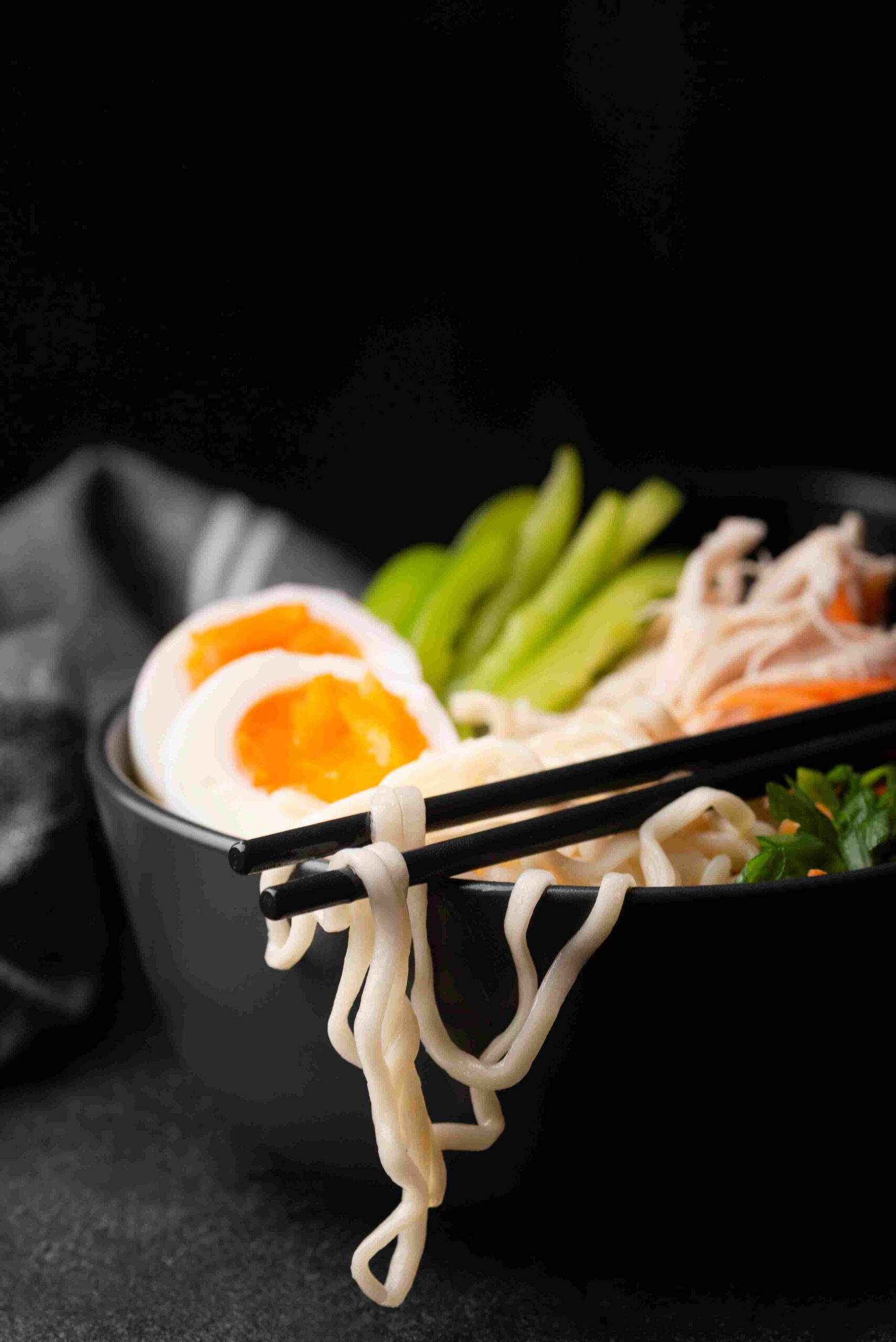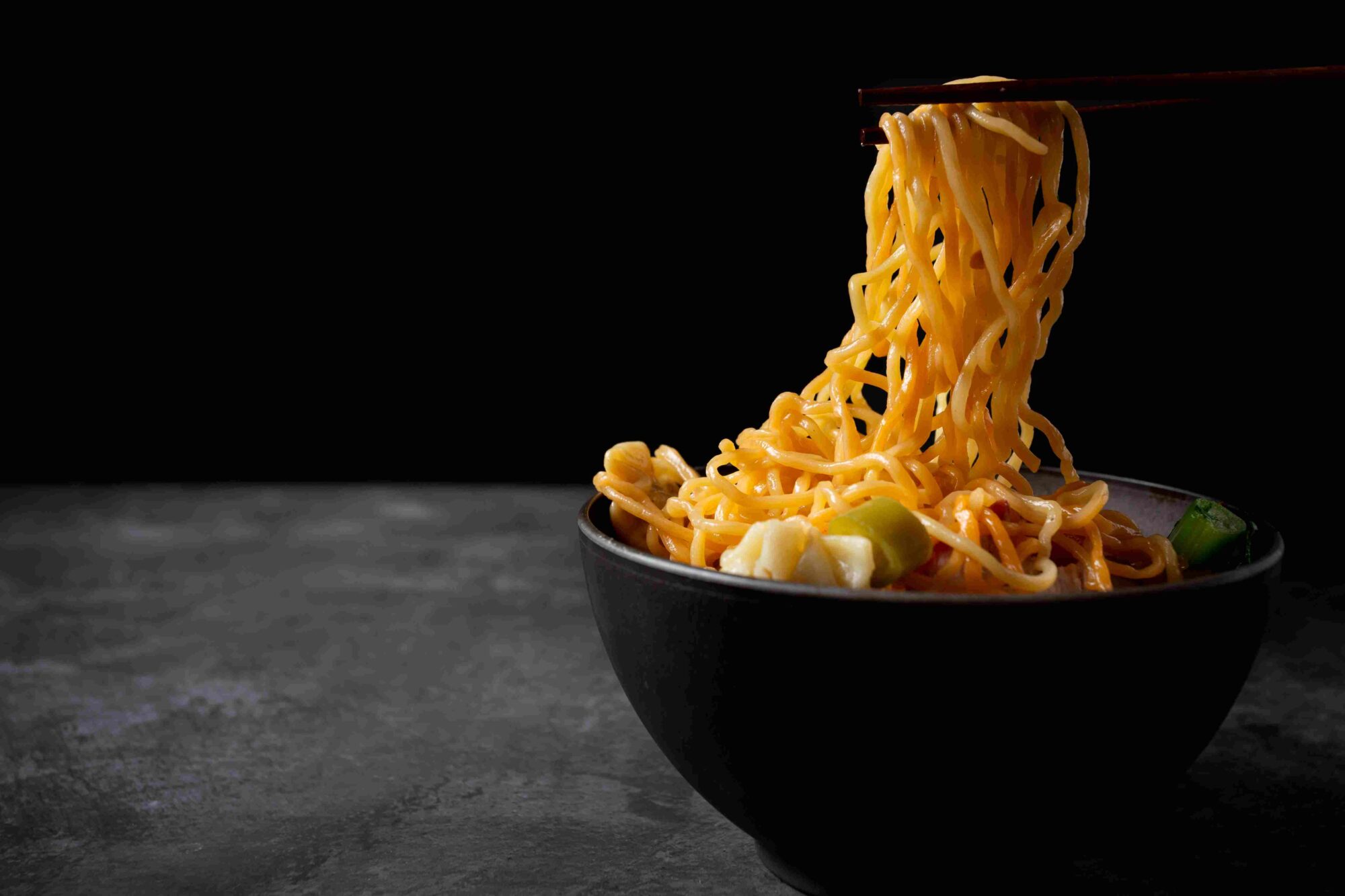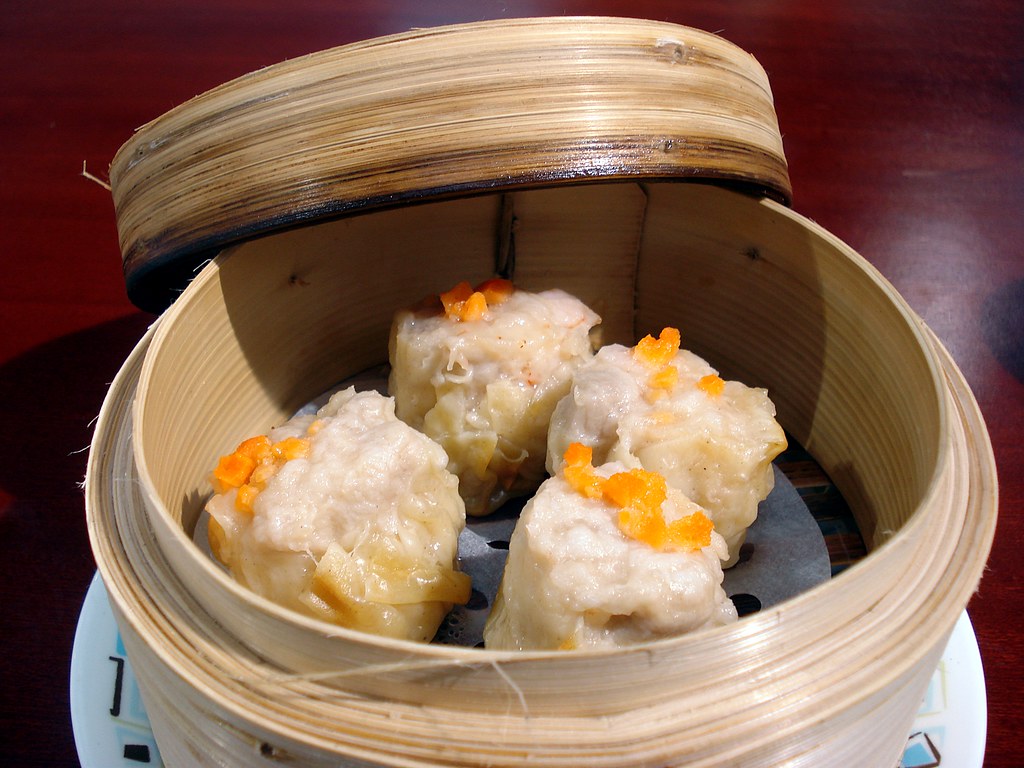Ramen Noodles have captured the hearts and taste buds of people around the world. Originally rooted in Chinese food culture and perfected in Japanese cuisine, ramen noodles offer a versatile base for countless flavors and toppings. This guide will take you through a delicious ramen noodle recipe that’s perfect for a cozy night in or a flavorful meal to impress guests.
Ingredients
For the Ramen Noodles:
- 6 cups chicken or vegetable broth
- 2 packs ramen noodles (fresh or instant without seasoning packets)
- 1/2 cup mushrooms, sliced
- 1/2 cup bok choy or spinach
- 2 large eggs
- 2 green onions, chopped
- 1 tablespoon soy sauce
- 1 tablespoon sesame oil
- Salt and pepper to taste
Optional Toppings:
- Seaweed sheets
- Sliced chili peppers
- Toasted sesame seeds
Instructions
Preparing the Broth
Simmer the Broth: In a large pot, bring the chicken or vegetable broth to a simmer over medium heat. Add soy sauce and sesame oil, stirring to combine. Let the flavors meld for about 10 minutes.
Seasoning for Flavor: Taste the broth and adjust with salt and pepper as needed. Adding a pinch of salt enhances the savory flavors that make ramen irresistible.
Preparing the Ramen Noodles
Cook the Noodles: In a separate pot, cook the ramen noodles according to the package instructions. Drain and set aside. Rinsing with cold water helps to prevent sticking.
Add Vegetables to the Broth: Add the sliced mushrooms and bok choy to the broth. Cook for 2-3 minutes or until the vegetables are tender yet crisp.
Poach the Eggs
Create a Gentle Whirl: Bring the broth to a gentle simmer and use a spoon to create a whirlpool in the liquid. Crack each egg into a small bowl and gently slide them into the swirling broth.
Poach Until Soft: Let the eggs cook for about 3-4 minutes for a soft yolk, or longer if you prefer a firmer yolk. Carefully remove the eggs with a slotted spoon and set them aside.
Assembling the Ramen
Combine Everything: Place the cooked ramen noodles into individual bowls. Pour the broth and vegetables over the noodles.
Add the Poached Eggs: Carefully place a poached egg on top of each bowl of ramen.
Garnish with Toppings: Add green onions, seaweed sheets, and a sprinkle of sesame seeds or chili for an extra kick. These toppings add depth and texture to the ramen.
Serving the Ramen Noodles
Enjoy Hot: Serve the ramen noodles piping hot. This dish is best enjoyed immediately while the broth is still steaming and the flavors are fresh.
Tips for Perfect Ramen Noodles
- Use Fresh Ingredients: Fresh ramen noodles offer a chewier texture and richer taste. However, instant noodles can also work well for a quick version.
- Season the Broth Carefully: A good ramen broth is balanced and flavorful. Adjust the soy sauce and sesame oil for a perfect umami taste.
- Customize Your Toppings: Ramen is a highly customizable dish. Try adding protein like grilled chicken, tofu, or shrimp for extra heartiness.
Ramen Noodles: A Fusion of Cultures
While ramen noodles are most closely associated with Japanese cuisine, they originally came from Chinese food traditions. Ramen has evolved into a cultural icon in both Japan and beyond, with regional varieties and flavors that reflect local ingredients and cooking styles. You can learn more about ramen, umami, and the history of Japanese cuisine on Wikipedia.
Today, ramen noodles are celebrated worldwide for their versatility and comforting qualities. Whether enjoyed in a quick meal or a gourmet setting, ramen holds a special place in the culinary world.
Nutritional Information
Ramen noodles provide a satisfying combination of carbohydrates, proteins, and fats. Opt for a low-sodium broth and add plenty of vegetables to keep the dish balanced. For those watching their calorie intake, consider using whole-grain ramen or adding extra greens for a more nutrient-dense version.
Exploring More Ramen Variations
Ramen noodles offer endless possibilities. Experiment with different broths, such as miso, pork, or spicy chili, to create your unique ramen experience. Toppings like kimchi, corn, and garlic oil add flavor depth and make each bowl of ramen a culinary adventure.
Ramen Noodles are a delicious testament to the power of cross-cultural cuisine. Simple to prepare yet full of complex flavors, ramen noodles are perfect for any occasion. This versatile dish lets you bring the essence of Chinese food and Japanese culinary tradition into your kitchen, offering warmth, comfort, and satisfaction in every bowl.














